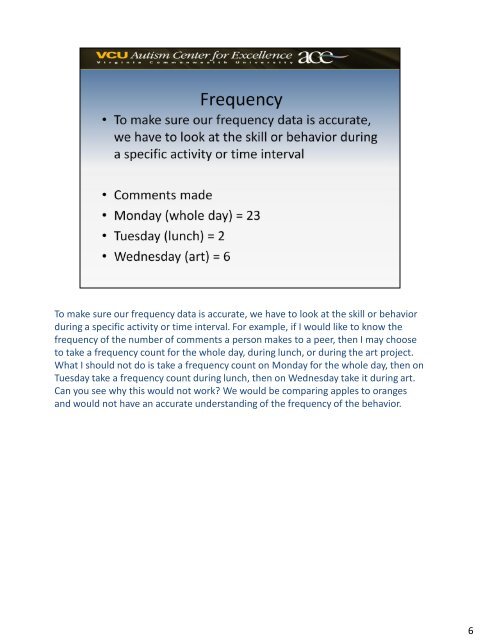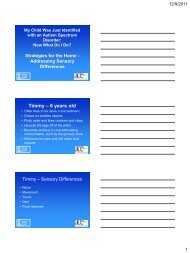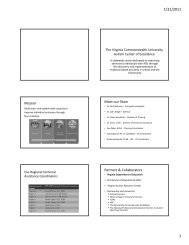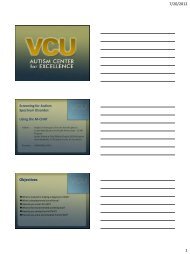Data Collection Methods for the Classroom Environment (PDF)
Data Collection Methods for the Classroom Environment (PDF)
Data Collection Methods for the Classroom Environment (PDF)
You also want an ePaper? Increase the reach of your titles
YUMPU automatically turns print PDFs into web optimized ePapers that Google loves.
To make sure our frequency data is accurate, we have to look at <strong>the</strong> skill or behavior<br />
during a specific activity or time interval. For example, if I would like to know <strong>the</strong><br />
frequency of <strong>the</strong> number of comments a person makes to a peer, <strong>the</strong>n I may choose<br />
to take a frequency count <strong>for</strong> <strong>the</strong> whole day, during lunch, or during <strong>the</strong> art project.<br />
What I should not do is take a frequency count on Monday <strong>for</strong> <strong>the</strong> whole day, <strong>the</strong>n on<br />
Tuesday take a frequency count during lunch, <strong>the</strong>n on Wednesday take it during art.<br />
Can you see why this would not work? We would be comparing apples to oranges<br />
and would not have an accurate understanding of <strong>the</strong> frequency of <strong>the</strong> behavior.<br />
6








